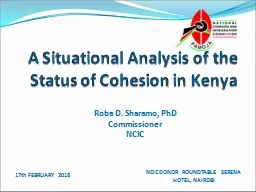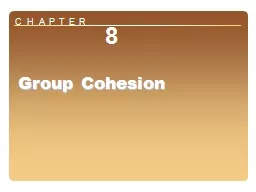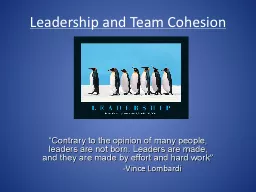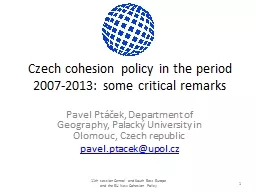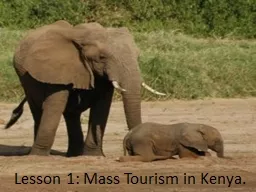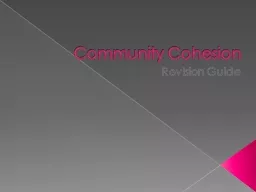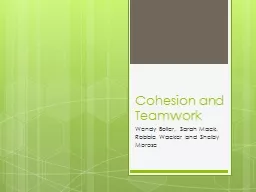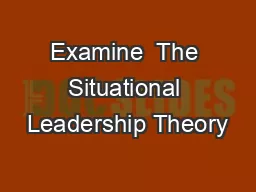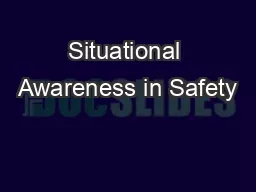PPT-A Situational Analysis of the Status of Cohesion in Kenya
Author : pamella-moone | Published Date : 2019-01-31
Roba D Sharamo PhD Commissioner NCIC Dr Roba D Sharamo Commissioner Nati onal Cohesion and Integration Commission 17th FEBRUARY 2016 NCIC DONOR ROUNDTABLE SERENA
Presentation Embed Code
Download Presentation
Download Presentation The PPT/PDF document "A Situational Analysis of the Status of ..." is the property of its rightful owner. Permission is granted to download and print the materials on this website for personal, non-commercial use only, and to display it on your personal computer provided you do not modify the materials and that you retain all copyright notices contained in the materials. By downloading content from our website, you accept the terms of this agreement.
A Situational Analysis of the Status of Cohesion in Kenya: Transcript
Download Rules Of Document
"A Situational Analysis of the Status of Cohesion in Kenya"The content belongs to its owner. You may download and print it for personal use, without modification, and keep all copyright notices. By downloading, you agree to these terms.
Related Documents

